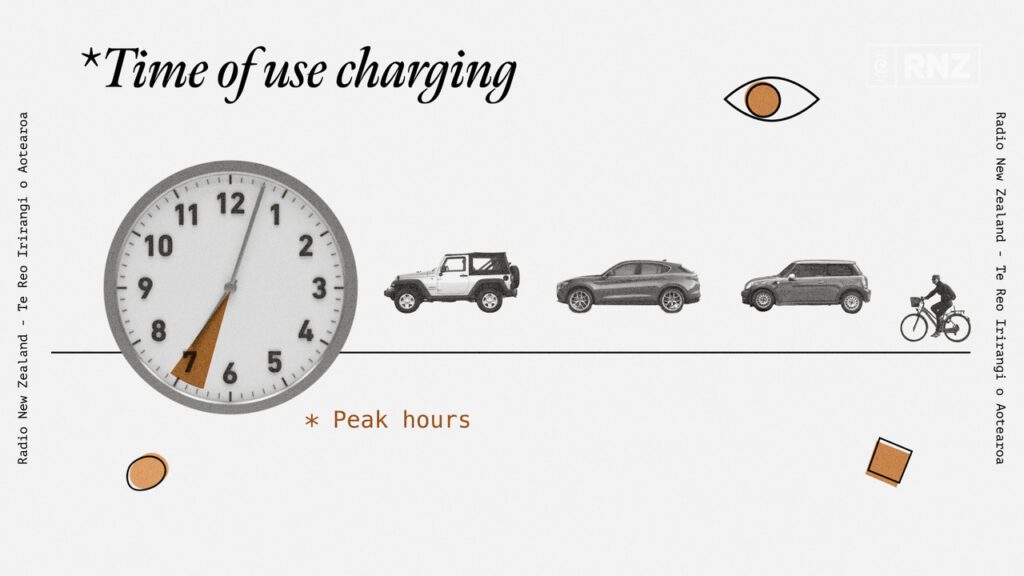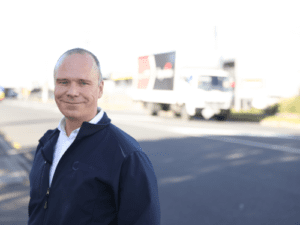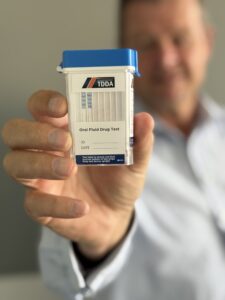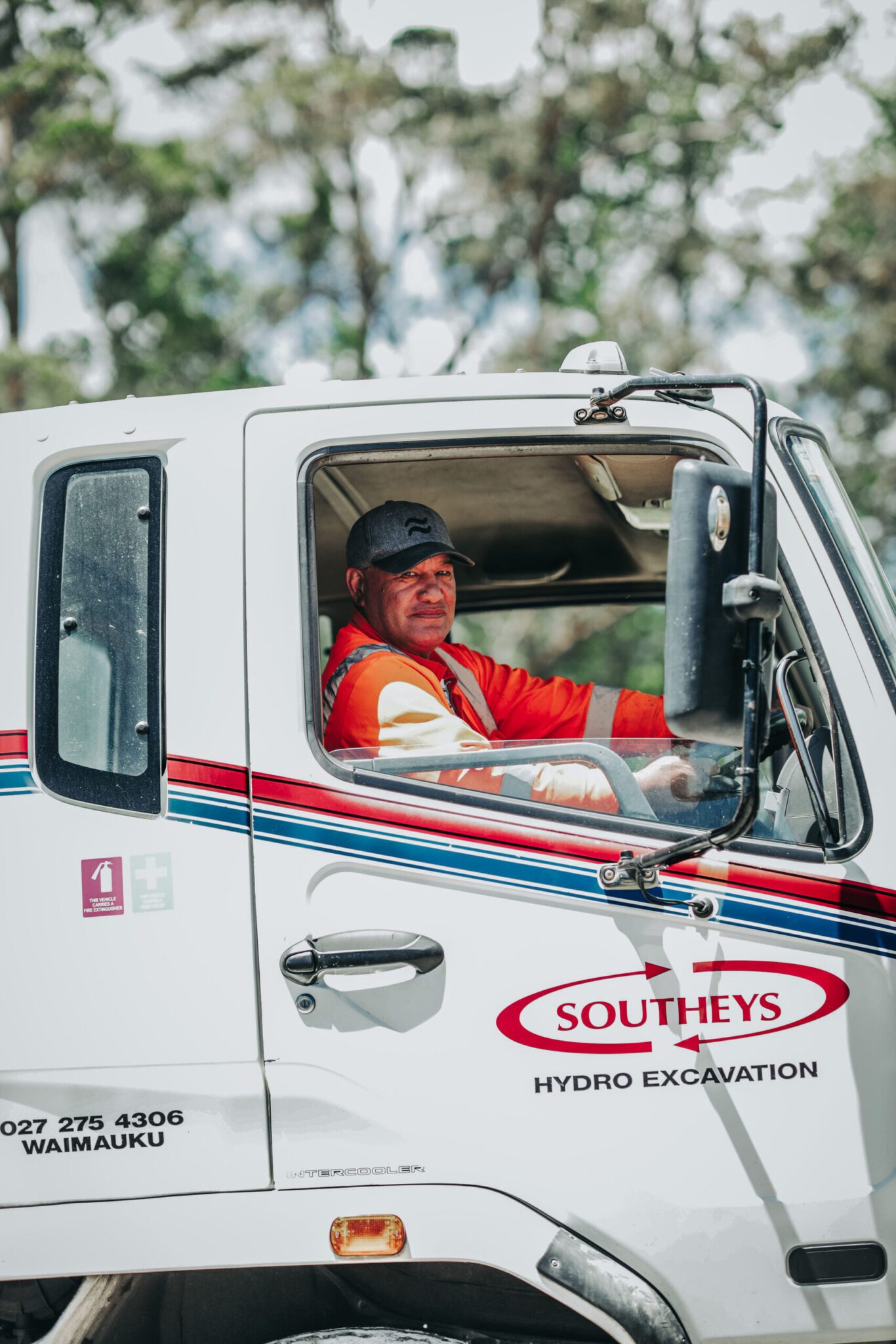Getting time of use charging right for road freight is critical says National Road Carriers Association (NRC), responding to the Government’s announcement it will introduce legislation this year to enable time-of-use schemes to be developed on our busiest roads.
NRC CEO Justin Tighe-Umbers says road freight delivers 93% of goods in New Zealand and getting time-of-use charging right will mean freight will be able to be delivered more efficiently to and through busy areas.
“Getting it wrong will mean yet another increase to the cost to transport goods goes up without any clear efficiency gain,” says Tighe-Umbers. At a time where there is a cost-of-living crisis, this isn’t an option. Realistic, viable alternatives are critical to success, such as viable alternative routes, effective public transport and ability to change the time-of-day roads are used.
There’s no question congestion has to be tackled. Clogged cities can’t grow land or add more roads. But we need to make sure the time-of-use charging tools we choose are deployed appropriately to drive productivity and efficiencies.
Understanding the networks’ challenges is the first issue policymakers need to grapple with. Auckland commuters, for example, have limited options to utilise the network at different times of day because it is nearly always at or over capacity.
Tighe-Umbers says to understand road freight movements, the government needs a freight and supply chain data capability. Currently there is none. Unlike other countries, New Zealand has a very limited view of what road freight is moving where, when and why. Accurately understanding road freight movements is going to require a sophisticated digital capability to be developed. Without it, there is a high risk of unintended consequences to the supply chain.
NRC says to develop Time of Use charging strong government-industry-public collaboration will be needed to strike the balance between efficiency and increasing the cost of domestic goods and our exports.
This is where time-of-use charging, high occupancy tolls (HOT), express and freight lanes need to be considered in conjunction with a workable bus and train network that gives people viable alternatives to move around the city.
Good policy should be about helping people and freight move around as easily as possible. Whatever tool is chosen will require a significant investment in up-front technology, general upkeep and maintenance, alongside the people needed to run it.






